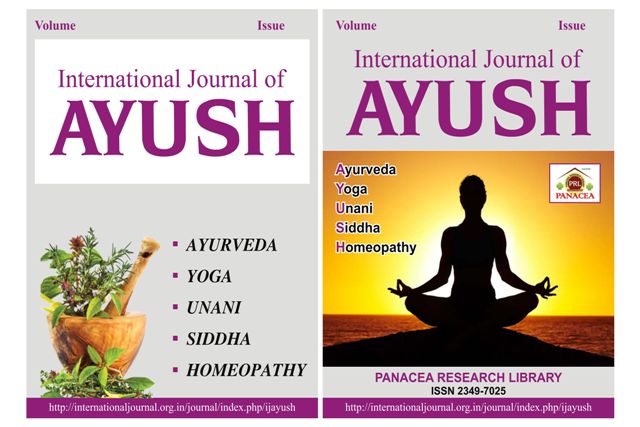THE ROLE OF HOMOEOPATHY IN THE MANAGEMENT OF BREAST ABSCESS: AN EVIDENCE-BASED CASE REPORT
DOI:
https://doi.org/10.22159/prl.ijayush.v14i09.1482Abstract
A breast abscess is a localized collection of pus within breast tissue, typically resulting from bacterial infection, most commonly Staphylococcus aureus. It often arises as a complication of mastitis. Common symptoms include painful swelling, redness, warmth, fever, and fluctuation in the affected area. Long continued and recurrent breast abscesss may lead to several complications such as fistula formation or systemic infection and finally go for conventional surgery and drainage. The homeopathic system of medicine offers a non-invasive, holistic method for managing such conditions. This case report presents a forward-looking, interventional strategy for treating breast abscess using individualized homeopathic care.
Case Summary: This case report describes a 31-year-old lactating woman who suffered from repeated breast abscess for last 6 months and came for homoeopathic treatment. Through proper case taking, analysis and evaluation of the case, Silicea 200C was prescribed based on constitutional totality using Kent’s Repertory and consulting Homoeopathic Materia Medica. After one and half months of treatment, the abscess subsided as well as mentally and physically the patient became healthy. Patient was kept under observation for another 3-4 months and there was no recurrence. It highlights homoeopathy treatment is effective in this type of cases for improvement and wellbeing without any invasive or surgical measure.
Downloads
Published
Issue
Section
License
Copyright (c) 2025 Dr. Suparja Sinha, Dr. Anindita Das, Dr. Samit Dey

This work is licensed under a Creative Commons Attribution 4.0 International License.


